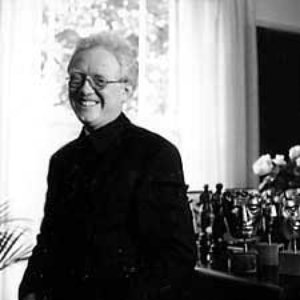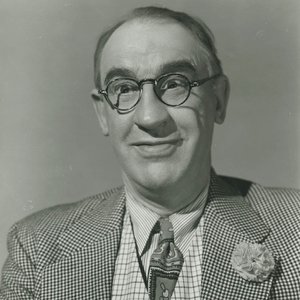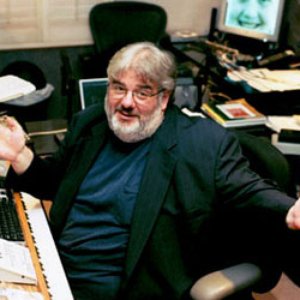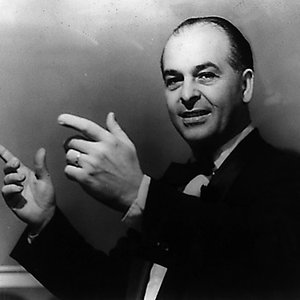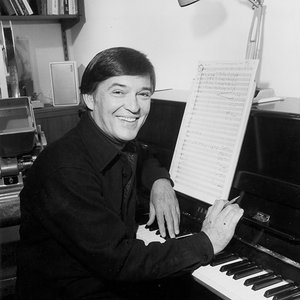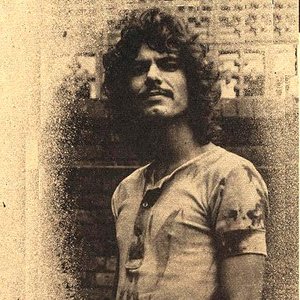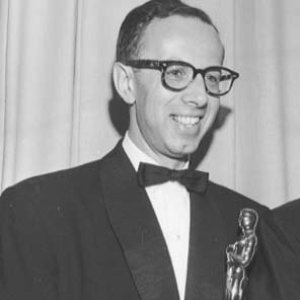Biography
-
Born
10 November 1892
-
Died
29 November 1972 (aged 80)
Carl W. Stalling (November 10, 1891–November 29, 1972) was a noted composer and arranger of music for animated cartoons. He is most closely associated with the Looney Tunes shorts produced by Warner Bros, where he worked, averaging one complete score each week, for twenty-two years.
Stalling started his career as an accompanist for silent films on the piano and theater organ in Independence, Missouri. It was there that he met and befriended a young Walt Disney who was producing animated comedy shorts in the Kansas City region. Stalling composed several early cartoon scores for Walt Disney, including Plane Crazy and Gallopin' Gaucho in 1928, (but not Steamboat Willie, Disney's first released sound short). Early discussions with Disney about whether the animation or the musical score should come first led to Disney creating the "Silly Symphonies" series of cartoons. These cartoons allowed Stalling to create a score which Disney handed to his animators. While there, Stalling pioneered the use of "bar sheets" which allowed the musical rhythms to be sketched out simultaneously with the storyboards for the animation. He left Disney after only two years, at the same time as animator Ub Iwerks. Finding few outlets in New York, Stalling rejoined Iwerks at his own studio in California, while freelancing for Disney and others. In 1936, when Iwerks was hired by Leon Schlesinger, who was under contract to produce animated shorts for Warner Brothers, Stalling went with him to become a full-time cartoon music composer, with full access to the expansive Warner Brothers catalog and musicians. He remained with Warner Brothers until his retirement in 1958. His last cartoon was To Itch His Own, a cartoon which featured the world's strongest flea, the Mighty Angelo.
Stalling was consistently an innovator. He was the first music director to extensively use the metronome to time film scores. He is one of three composers, along with Max Steiner and Scott Bradley, credited with the invention of the click track. His stock-in-trade was the "musical pun", where he used references to popular songs, or even classical pieces, to add a dimension of humor to the action on the screen. Working with legendary directors Tex Avery, Bob Clampett, Friz Freleng, Robert McKimson, and Chuck Jones, he developed the "Looney Tunes" style of very rapid and tightly coordinated musical cues, punctuated with both instrumental and recorded sound effects, and occasionally reaching into full blown musical fantasies such as The Rabbit of Seville, A Corny Concerto and What's Opera, Doc?.
Stalling was a master at quickly changing musical styles based on the action in the cartoon. His arrangements were very complicated and technically demanding. The music itself served both as a background for the cartoon, and provided musical sound effects. The titles of the music often described the action, sometimes forming jokes for those familiar with the tunes. Some examples are listed below:
* A beautiful woman sashaying into a room would be accompanied by "You Must Have Been a Beautiful Baby".
* A drunken character would stagger to "How Dry I Am," "Little Brown Jug," or a slow-tempo "Shuffle Off to Buffalo".
* A football team would scrimmage to "Freddie the Freshman".
* An establishing shot of a home, such as Elmer's cabin in Rabbit Seasoning would be accompanied by "There's No Place Like Home".
* An establishing shot of a character waking up would be accompanied by Edvard Grieg's "Morning Mood".
* Any scene depicting complex mechanical processes would have Raymond Scott's "Powerhouse" playing.
Stalling made extensive use of the many works of Raymond Scott, whose music was licensed by Warner Brothers in the early 1940s.
After Carl Stalling retired, he was replaced by Milt Franklyn, who had assisted Stalling as arranger since 1950. Carl Stalling died on November 29, 1972, at the age of 81.
Artist descriptions on Last.fm are editable by everyone. Feel free to contribute!
All user-contributed text on this page is available under the Creative Commons Attribution-ShareAlike License; additional terms may apply.



